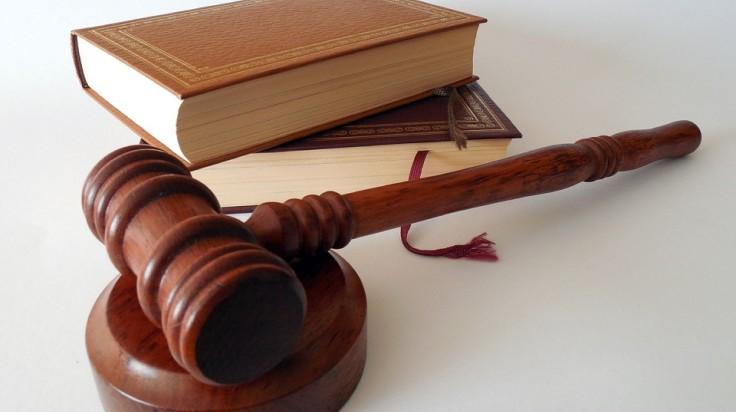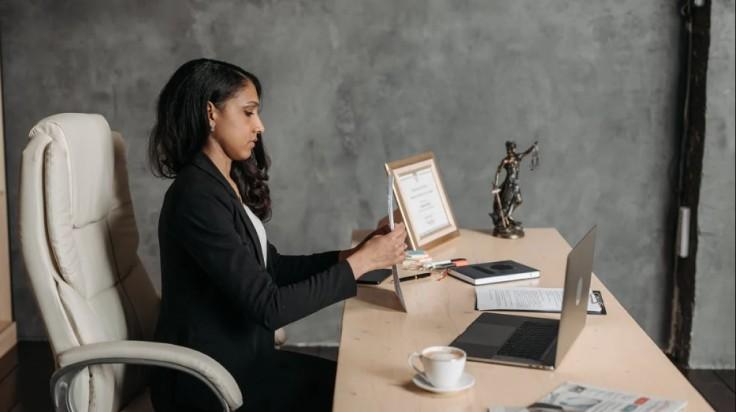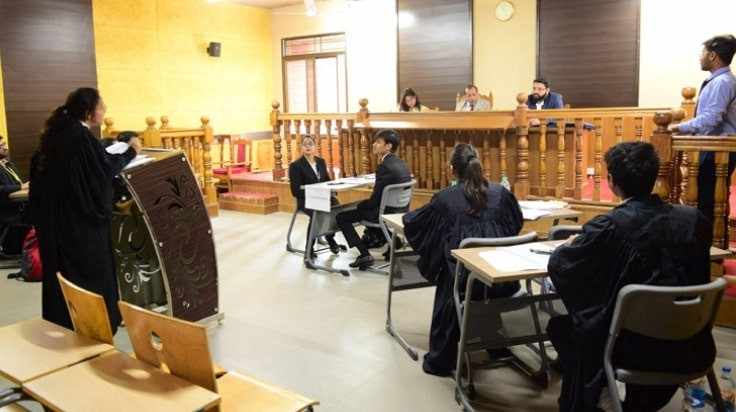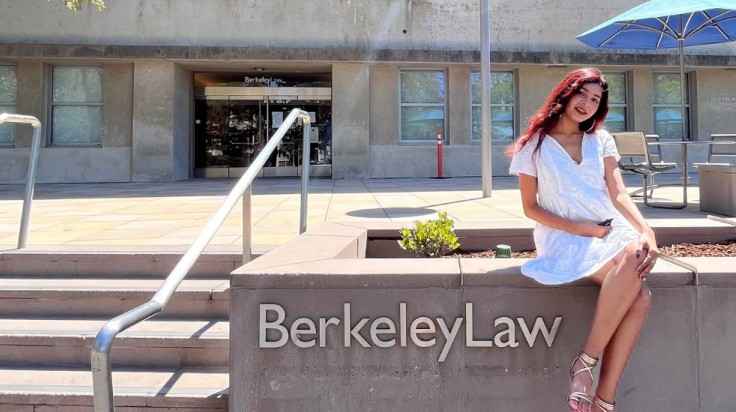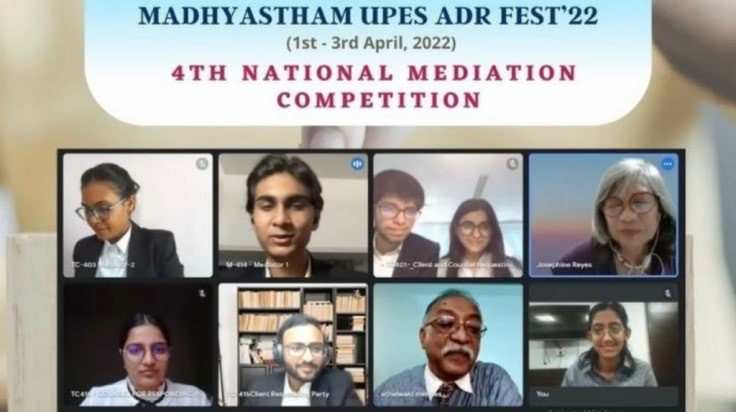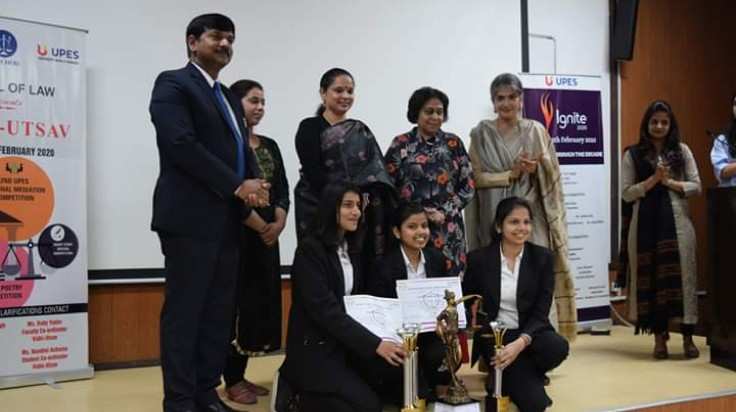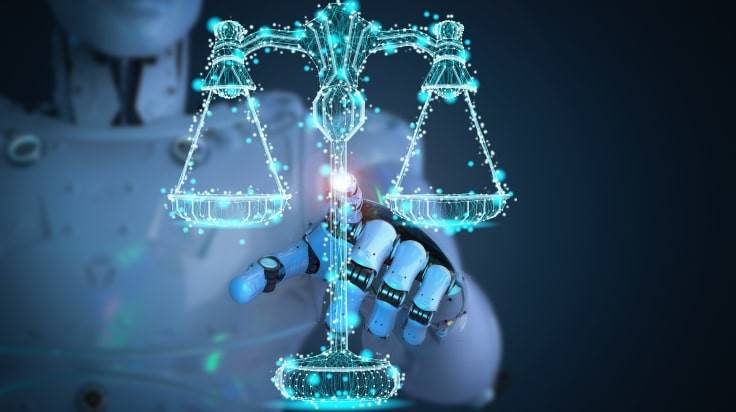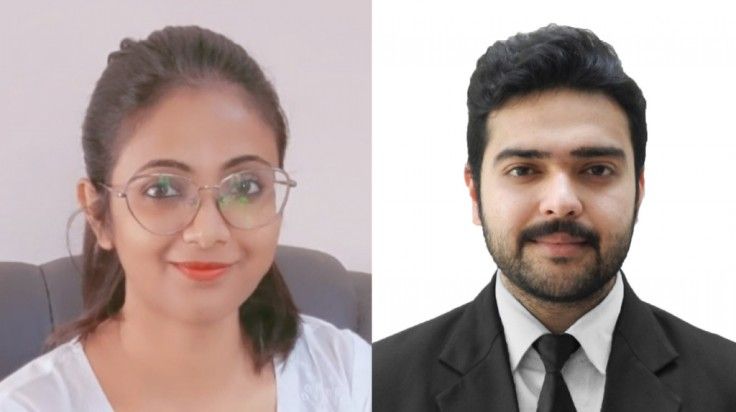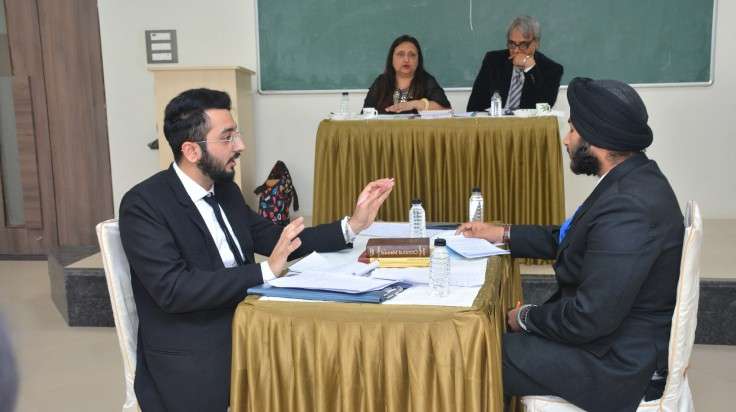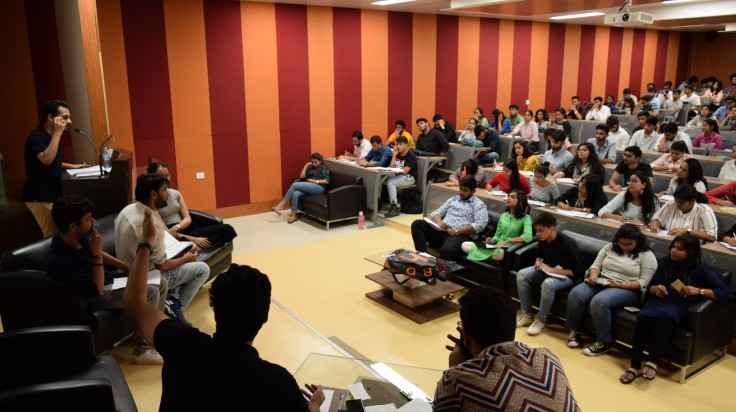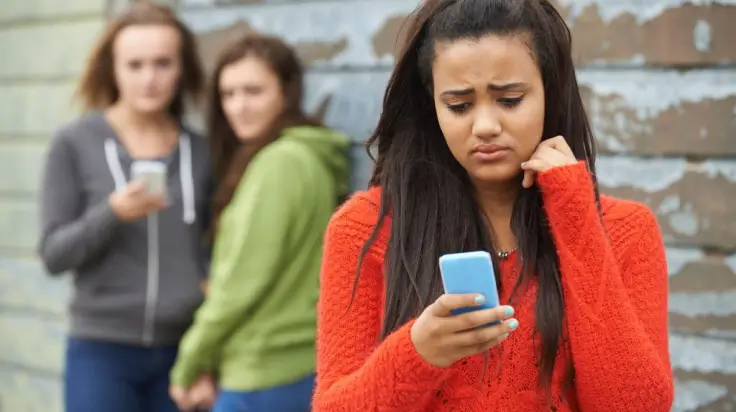
Trolling, cyberstalking, cyberbullying and doxing are the new forms of harassment millions of children and teens are dealing with everyday, over their social media accounts. The statistics in India are equally worrisome. While across the world, children and teens are being encouraged to be more conversant with technology and internet access, it turns out that Indian children are the most bullied in the virtual world.
These are the findings of 2022 Consumer Mobile Threat Report’ by cyber-security research firm McAfee which further adds, “Approximately, 75 per cent children think a new phone is more secure than a new computer, whereas only 71 per cent of parents agree. “In India, 57 per cent of parents use passwords to protect mobile devices, while only 43 per cent of children and teens do, creating safety risks. At least 39 per cent parents of boys aged 10-14 put mobile parental controls software on their children’s devices compared to 33 percent for girls of the same age.”
Perhaps it’s time to devise social media laws for kids and teens. In fact, concerned over the rising cases of suicide and toxic attacks on the youngsters online, the states of Utah and Arkansas in the US have moved swiftly to devise social media regulations for them. On the other side of the globe, UK’s Online Safety Bill and the EU’s Digital Services Act are making social media companies keep children secure from harmful content. Many advocacy groups and other concerned bodies have sparked off conversations and action in some cases, to ensure there are ways to not just do an online age verification of social media users but also to ensure that an equal emphasis is given to parental consent. Therefore, companies and organizations specializing in social media have to design and align their platforms accordingly, eventually.
Companies like Telenor have already devised a digital curriculum targeted at children aged between 5-15 years, to help them navigate the potential risks and challenges of how the digital world functions. The curriculum explores the positive behaviours needed to be kind and respectful online, and examines online risks, negative behavior, hate speech, and fake news. It also hand-holds them into seeking help and healing in case of a bad situation.
But these are just small steps in this direction. In the end, the buck stops at the parents and teachers. While having open communication with children and teens about the perils of social media usage is encouraged by experts, it’s also time to consider other factors like stressing a three-way handshake between parents, government and industry. The latter must devise and find ways to ensure that the data and privacy of children are protected from being leaked and falling into the wrong hands. This also means that the government and policymakers must frame some laws and rules that make it mandatory for every social media platform to adhere to this requirement. Hence, responsible design is the need of the hour.
Laws also need to be granted more teeth in terms of doling out harsh penalties and punishments to combat any toxic situation on their social media. This action, in turn, underscores the need to have clear, well-defined and transparent policies for social media services provided and the resultant penalties in case of any breach. Content moderation, restricted advertising and ensuring the proliferation of positive age-appropriate content are other ways to ensure children are safeguarded legally, online.
Dr. Abhishek Sinha
The writer is Dr. Abhishek Sinha, Dean, UPES School of Law
UPES Admission Enquiry
Trending Post
Related Articles
Subscribe to UPES Blogs
Join our community for exclusive stories, insights, and updates
By clicking the "Subscribe" button, I agree and accept the privacy policy of UPES.
Please enter your email









